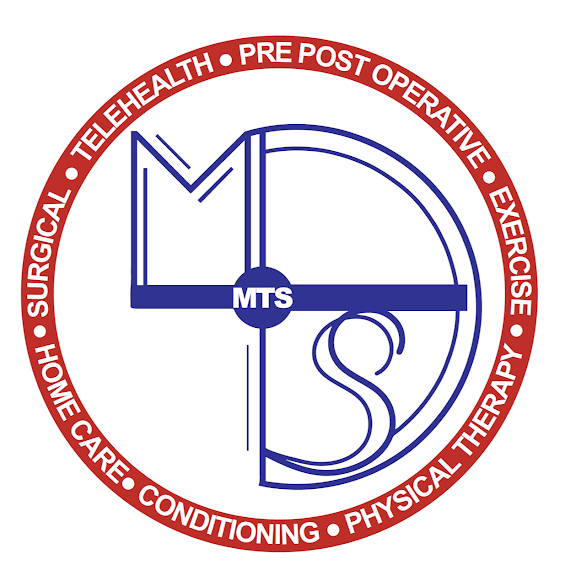Make therapy fun for kids!
Upper extremity positioning system for rehabilitation
Improve FUNction, Stabilize, Strengthen

This smaller pediatric unit offers a FUNctional biofeedback to make
therapy fun when certain ranges of motion or repetitions are performed.
- Units may be used as prescribed by MD
- Perimeters set and controlled in part or in full by healthcare professional
- Safe and consistent measurable objective goal attainment
- Soothing and rhythmic range of motion
- Unit may collect objective data
Common Pediatric Injuries
- Subluxation/Dislocation
- Labral Tears
- Impingement Syndrome
- Little League Shoulder
- Multi-Directional Instability
Weakness due to
- Neuro-compromise
- Rotator Cuff Dysfunction
- Cervico-thoracic issues
- Elbow, wrist and hand issues
- Chronic headaches/ Migraines


Ease the Burden of
Difficult Rehabilitation and Management
- Amputees benefit from safe, easy ergonomic positioning with progressive resistive strengthening for residual limb or bilaterally
- Burn patients and skin graft patients will benefit from the prevention and management of contractures.
Children with Abnormal Tone
- Improve range of motion
- Strengthen weakened muscles
- PT of the limb should be considered following focal injections, oral
medications, or intrathecal pump placement. - Stretching can relax muscles with contractions and extend those muscles to move his muscles without difficulty.
- A child with hypotonia (muscles that are slow to initiate a contraction against an outside force) and are unable to sustain a prolonged muscle contraction and may benefit from guided motion.

Pediatric Markets

- Hospital Physical Medicine and Rehabilitation Departments (PM & RD)
- Physical Therapy / Occupational Therapy
- Would Care and Burn Clinics
- Private Rehabilitation Schools in the Therapy Department
- Schools for the blind
- Special needs group homes
- Home Care postoperatively and for management
Outcomes
- May collect objective data per use.
- May be set in a program for desired achievable and measurable GOALS.
- Continued use may be necessary for maintenance, pending prior level of function and goal attainment.
- May help to maintain prescribed mobility parameters of the glenohumeral joint and surrounding structures.

